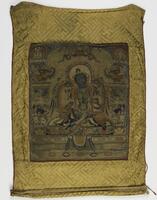55 UMMA Objects
55 UMMA Objects
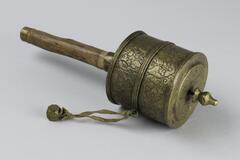
Tibetan (Tibetan (culture or style))
Prayer Wheel (Mani Wheel)
1833 – 1932
Gift of the Estate of Maxine W. Kunstadter in memory of Sigmund Kunstadter, Class of 1922
1983/1.423
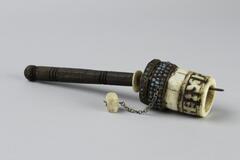
Tibetan (Tibetan (culture or style))
Prayer Wheel (Mani Wheel)
1833 – 1932
Gift of the Estate of Maxine W. Kunstadter in memory of Sigmund Kunstadter, Class of 1922
1983/1.424

Nepali
Surya,
18th century
Gift of Dr. and Mrs. Leo S. Figiel and Dr. and Mrs. Steven J. Figiel
1980/2.276
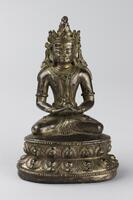
Tibetan (Tibetan (culture or style))
The Buddha Amitâyus, seated in padmasana on a double lotus base, holding a vase of amrita (the elixir of long life)
18th century
Gift of Dr. and Mrs. Leo S. Figiel and Dr. and Mrs. Steven J. Figiel
1980/2.279
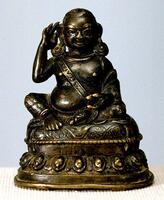
Gift of Dr. and Mrs. Leo S. Figiel and Dr. and Mrs. Steven J. Figiel
1981/2.56

13th century
Museum purchase made possible by the Margaret Watson Parker Art Collection Fund
2003/1.386

Tibetan (Tibetan (culture or style))
Shakya Senge: Padmasambhava as a young monk
20th century
Museum purchase, Acquisition Fund
1973/1.808C
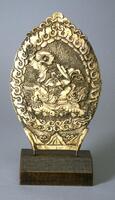
18th century
Museum purchase made possible by the Margaret Watson Parker Art Collection Fund
1985/2.50
Loading…


